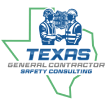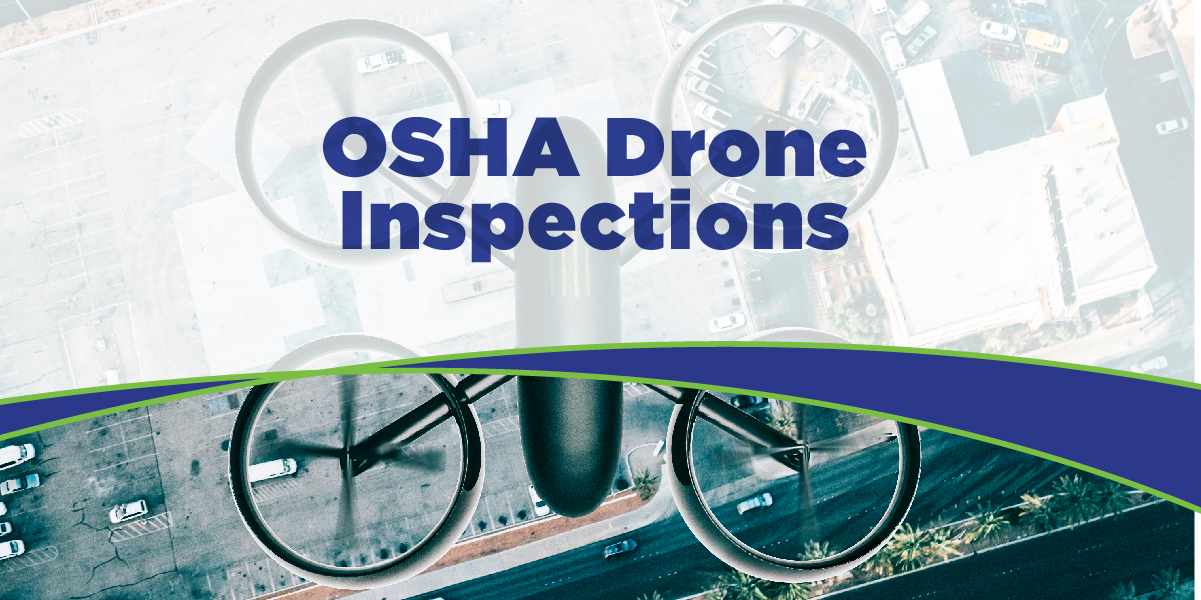OSHA compliance can have a major impact on small businesses. Incurring a $30,000 fine can shut down production and ruin any stability your business could have been providing for workers and clients. OSHA remains mostly consistent in their inspection methods and their penalties. However, a recent shift to using drones to inspect workspaces means companies have to adjust to ensure they show they comply effectively.
In May 2018, OSHA issued a memorandum mandating the use of drones to inspect workplaces under specific circumstances. Since then, drone inspections have increased, slowly at first, but with increasing regularity. In light of this recent change in emphasis, here’s what you need to know as a small business owner to prepare for OSHA drone inspections:
Your Rights
As a business owner, you have certain rights when dealing with OSHA and their drones. OSHA investigators are only allowed to use a drone to inspect your workplace with your consent. An investigator might request a drone inspection, but you have the power to approve or disapprove the use of a drone.
You also have the right to review and discuss the proposed inspection flight path of the drone. For example, if the drone is proposed to fly over proprietary equipment or sensitive projects that could constitute trade secrets, you can tell the investigator to adjust their flight path. Investigators are required to show you their proposed flight path before they proceed.
How the Inspection is Conducted
OSHA stipulates that all drone inspection teams must consist of three members, tripling the normal number of eyes examining your workplace. The drone itself must always remain in the team’s sight. Just like a traditional inspection, an employer must be present with the team at the time of inspection. The inspection drone may fly up to 400 feet in the air or over the top of any structures in its flight path. The inspection team must also specify if they’re recording and whether they’re recording pictures or video footage. When OSHA inspectors work with the EPA, they are free to share information with it.
“In Plain View”
Since a drone can ‘see’ more of your facility from 400 feet in the air, OSHA inspectors are allowed to expand the scope of their inspection if the drone observes additional violations “in plain view.” Obviously, “in plain view” of a drone is different than what might be in plain view of an inspector on foot. The use of drones makes it necessary, then, to pay closer attention to potential violations in all areas of your facility.
The drones aren’t allowed to hover over anyone in your workplace not directly involved with the inspection and can’t fly more than 100 miles per hour. Typically, the inspection teams will assess the workspace for potential flight hazards and propose a flight path, while communicating with local law enforcement if needed.
Berg Compliance Solutions is already working with Texas companies to ensure they pass all OSHA inspections, drones or no drones. Berg handles both OSHA compliance and environmental compliance, so that no matter what type of inspection you face, you’ll be covered.

